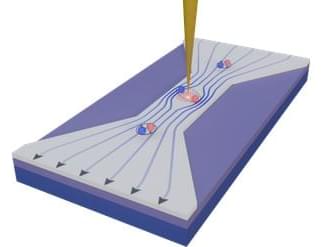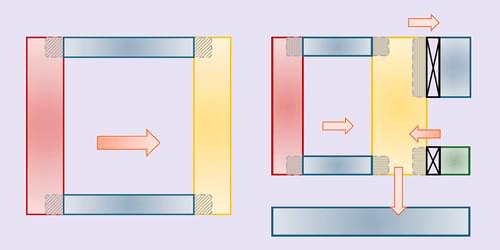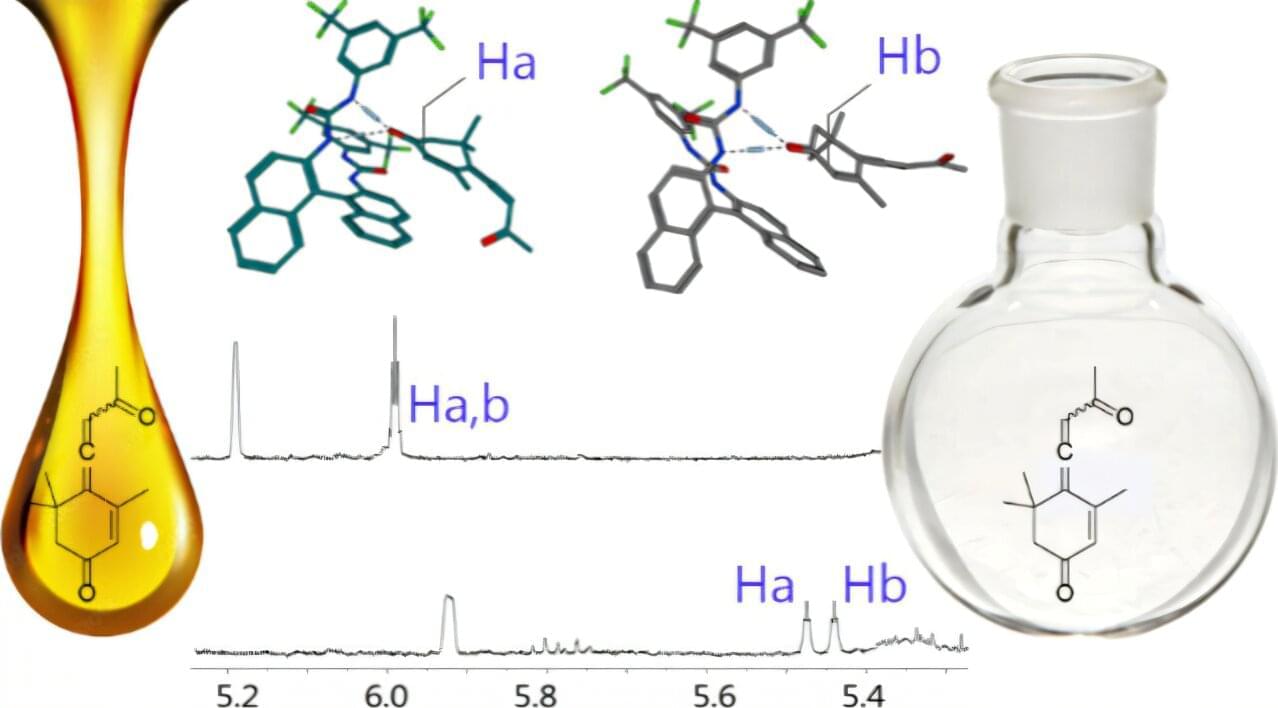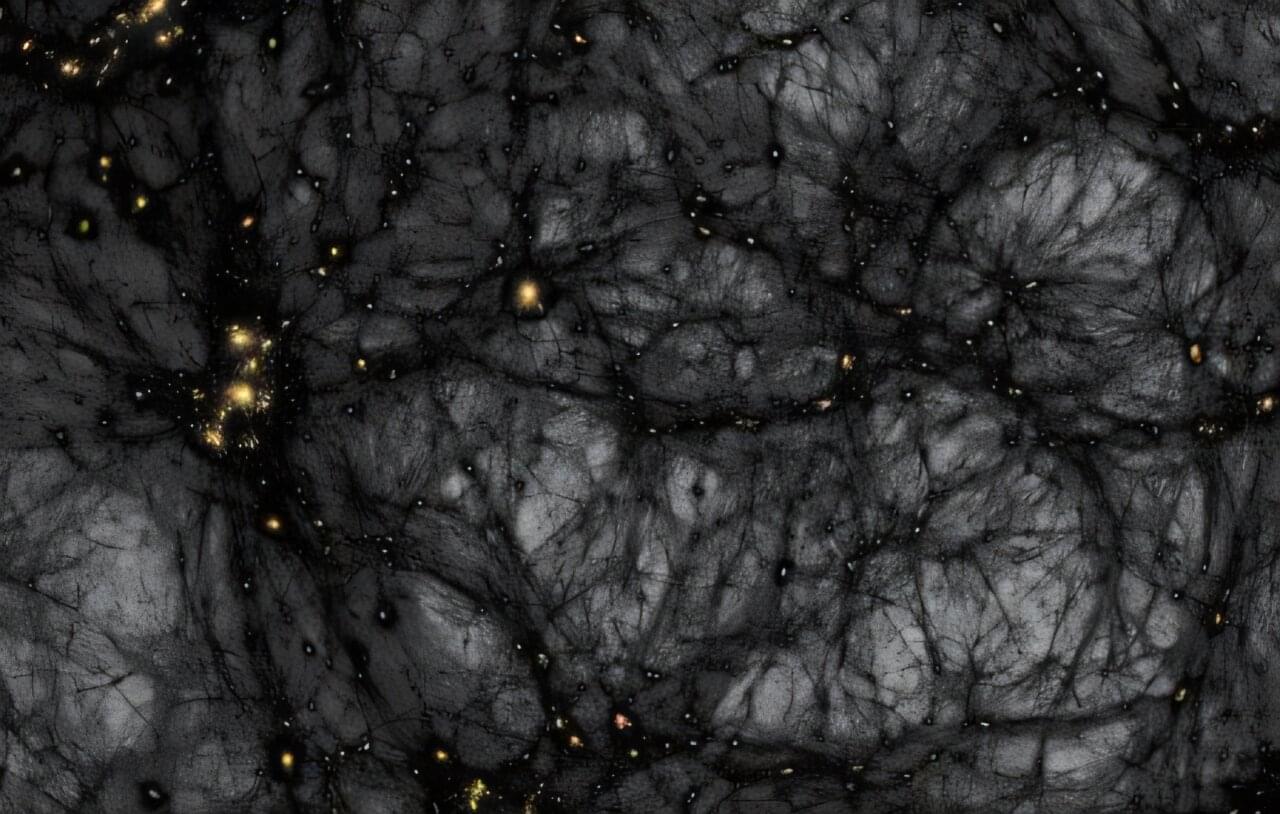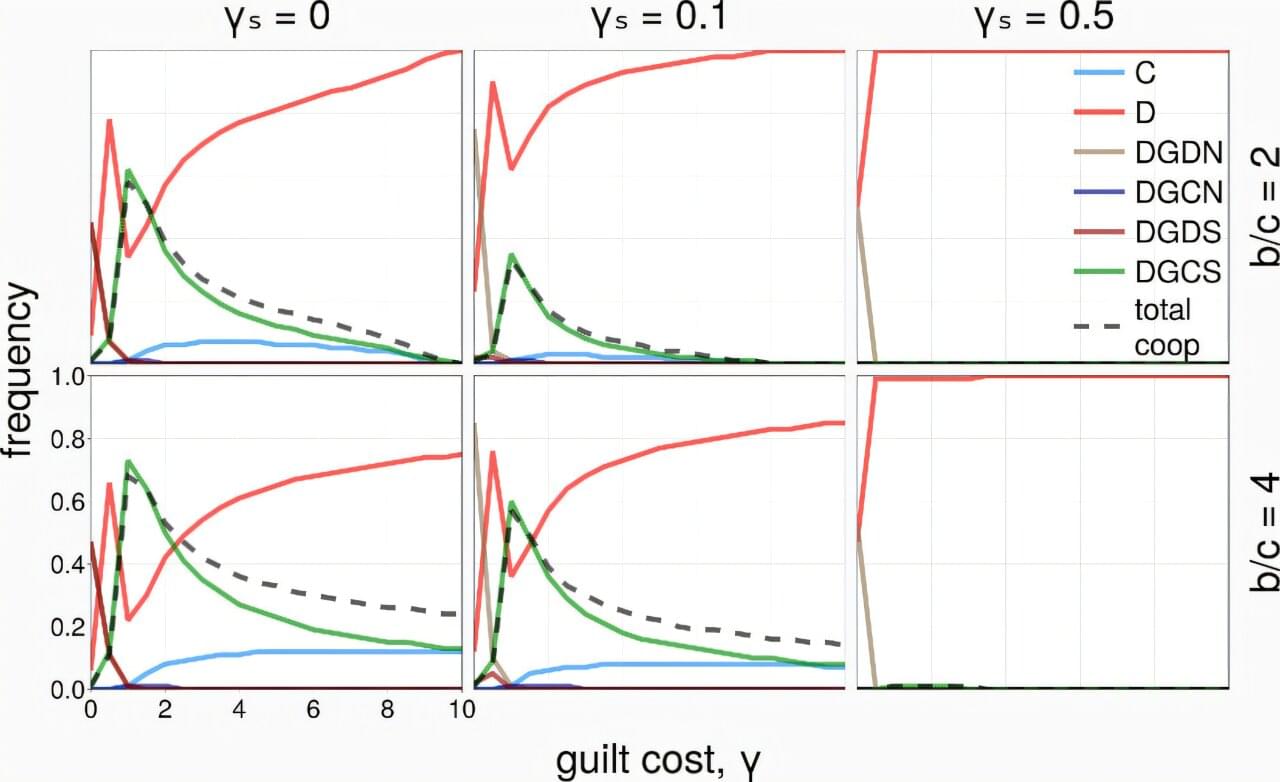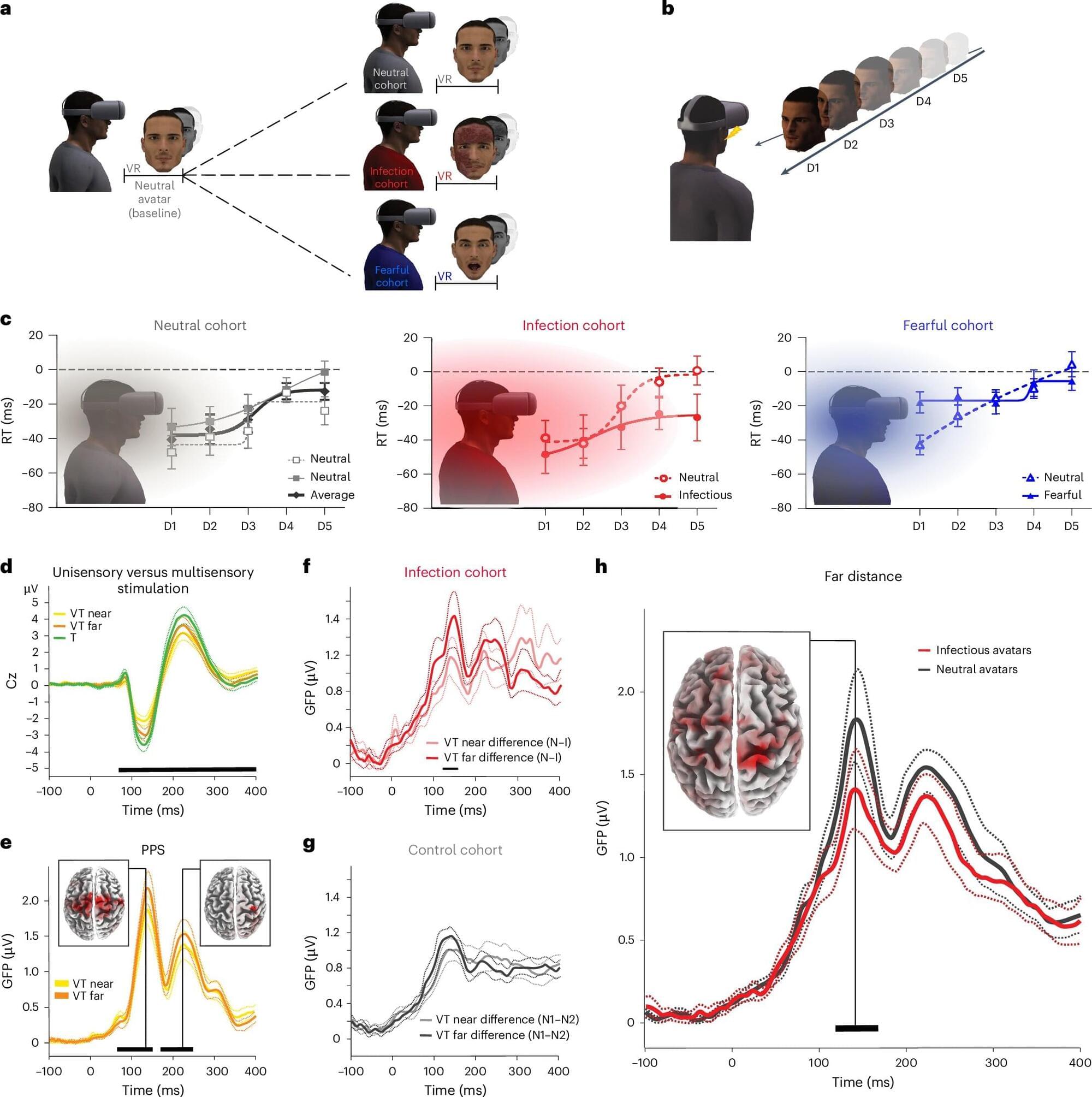An imaging method provides unprecedented resolution for studies of quantum materials by relying on superconductors’ extreme sensitivity to light.
The energy deposited in a superconductor by a single photon can register a detectable signal, which is why superconductors are employed in some extremely sensitive detectors. Now researchers have shown how to use this sensitivity to create maps of the superconducting properties of a material with nanometer resolution [1]. The technique can also detect polaritons—hybrid light–matter excitations that may be useful in quantum technologies—with higher resolution than earlier methods. The researchers expect the new technique to be useful in fields as diverse as quantum information and nanophotonics.
When a superconductor held just below its critical temperature absorbs a single photon, the superconductivity can be destroyed in a small region of the material, triggering a small electrical signal. Recent advances have expanded the operating temperatures of such detectors and improved their sensitivities to photons over a wide range of frequencies, enabling many new applications. Mengkun Liu of Stony Brook University in New York and colleagues wondered if the same sensitivity might be employed to build high-resolution spatial maps of the properties of superconducting samples. “Spatial variations often influence superconducting strength and coherence, so an ability to image these properties locally would bring valuable insight,” says Stony Brook team member Ran Jing.
